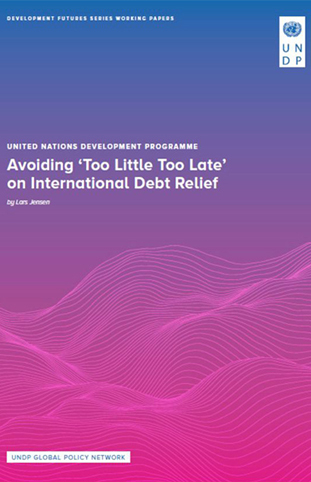Overview:
This paper takes stock of the unfolding debt crisis across developing low- and middle-income countries and discusses how to break with the inertia in debt restructurings under the Common Framework for Debt Treatments (CF). Using data on credit ratings, debt sustainability ratings, and sovereign bond spreads the paper identifies 54 developing economies with severe debt problems. Given the global outlook of low growth and high interest rates, the international community must urgently step-up debt relief efforts to avert a deepening development crisis. The paper proposes a way forward for the CF focusing on issues of official creditor coordination, private creditor participation, and the use of state-contingent debt clauses that target future economic and fiscal resilience. Fundamentally, the paper argues that the focus must shift from debt rescheduling to comprehensive restructuring involving write-offs allowing countries a faster return to growth, financial markets, and development progress. A structurally different future of tighter funding conditions and higher frequency of climate disasters will require a re-think and ramp-up of official sector concessional lending to vulnerable developing economies.

